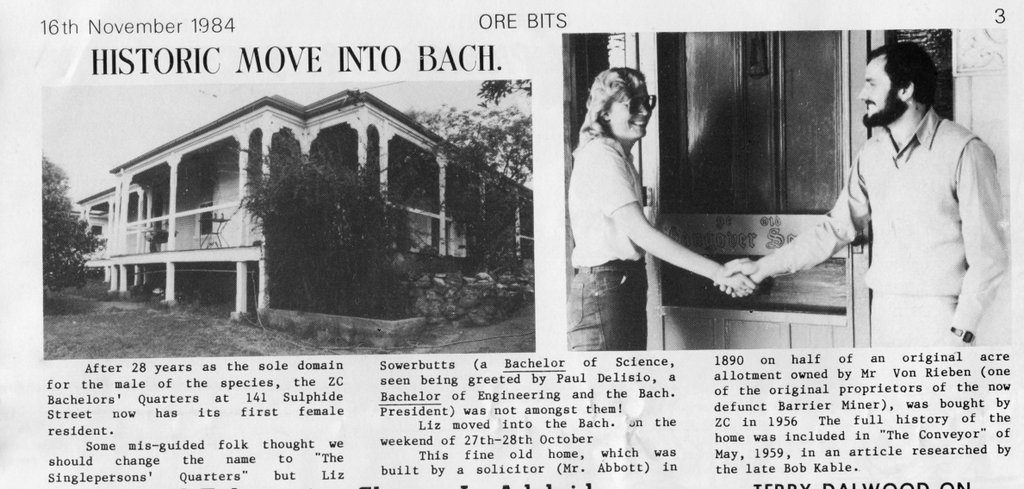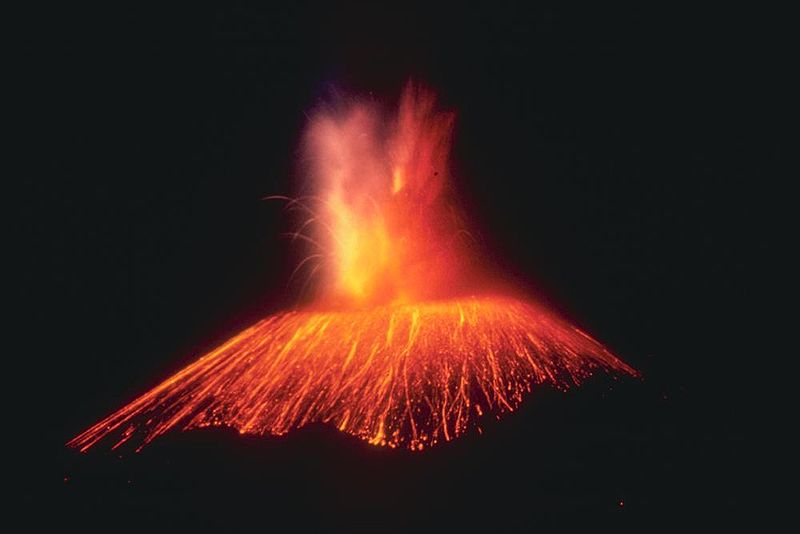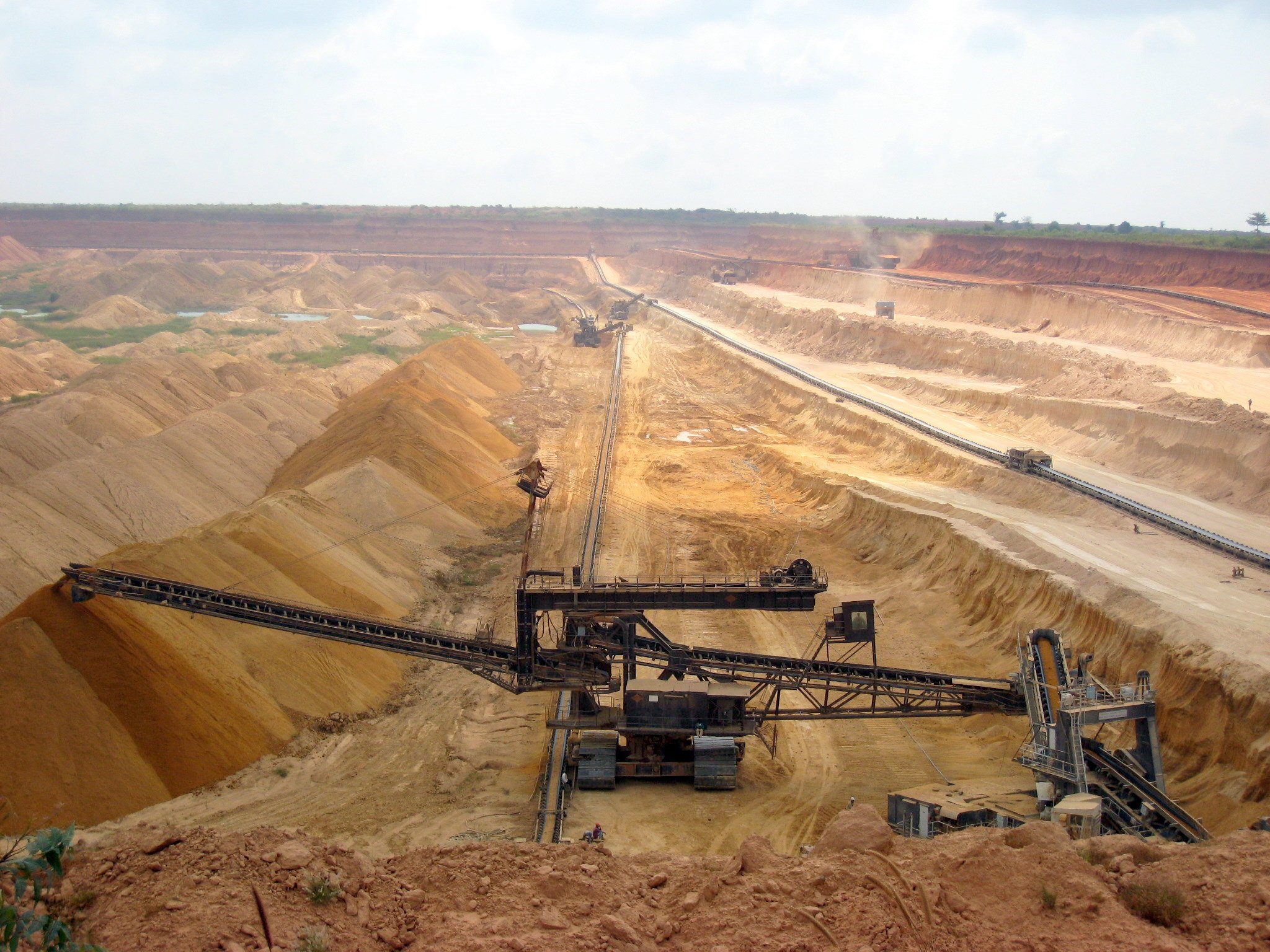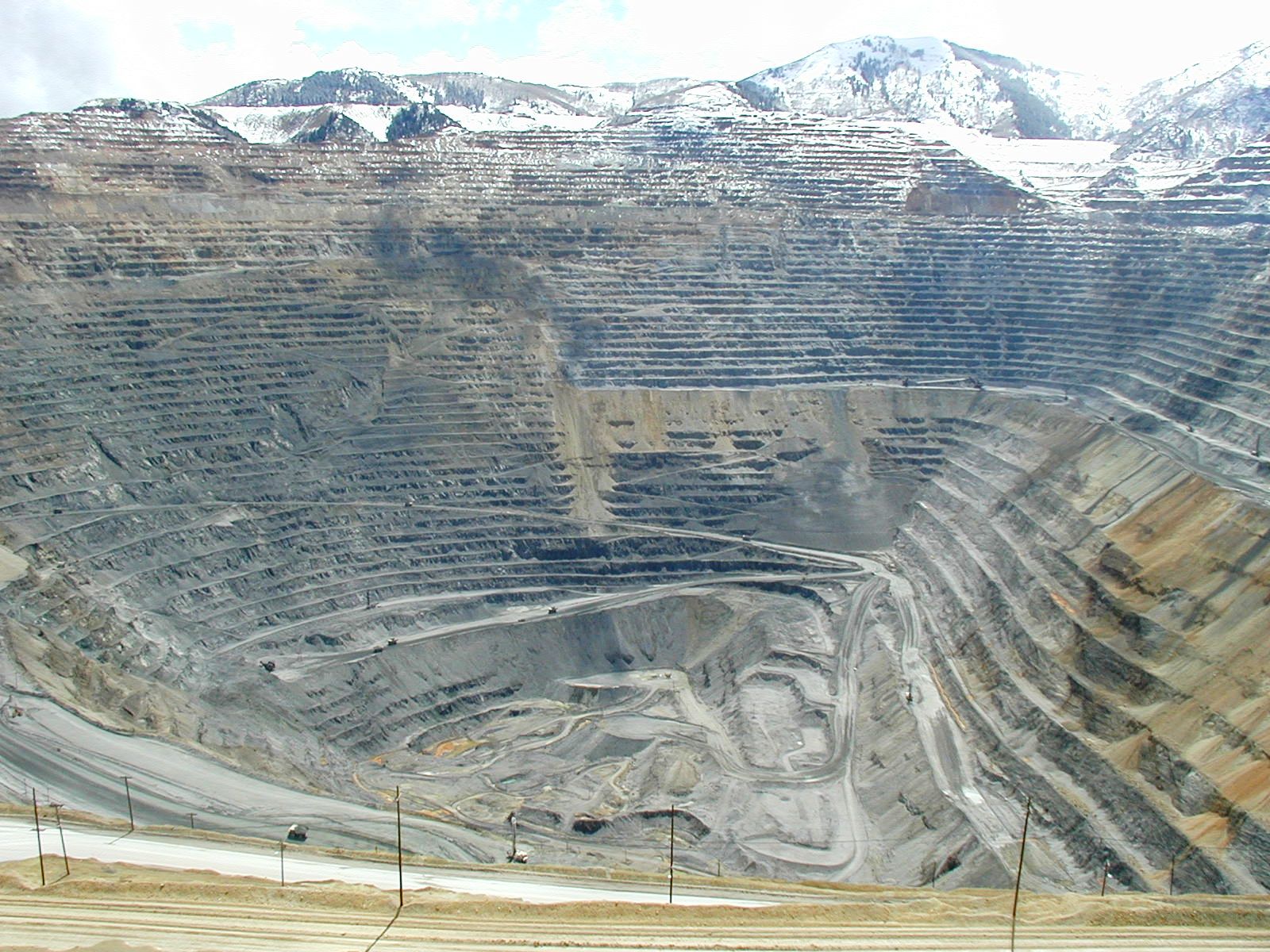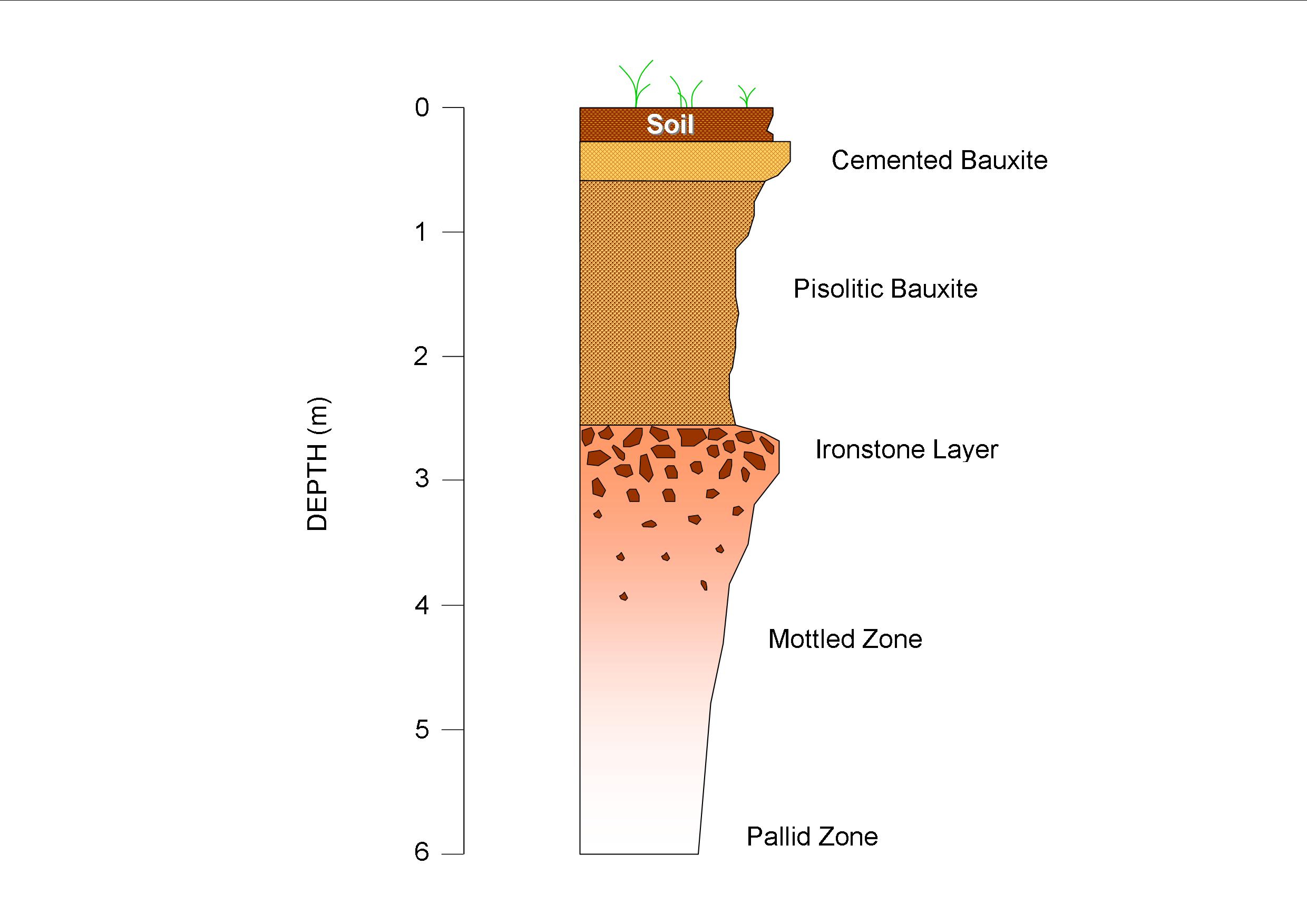Looking over my partner’s makeup ingredients on the weekend made me curious as to where makeup users thought their makeup came from, and did they care at all? The answer I received was “I don’t know”, and “no” respectively, and I suspect this might represent the majority of makeup users. Mining is not the first thing (most) people think of when putting on their makeup.
To my delight as a geologist, most of the ingredients are those I am familiar with. They are extracted in some way or another from the earth and are one or two steps away from their pure extracted forms. It could be argued that everything comes from the earth in some way or another and that I might be overthinking it – so I narrowed down the exhaustive list to a few main minerals I consider the primary dirty infiltrators to the clean-image driven makeup industry with few steps between mine and face.
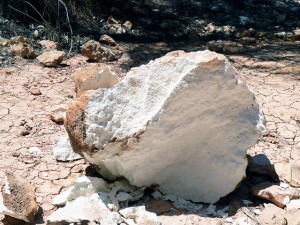
Our first mineral is one that has been used in makeup for centuries: titanium dioxide (TiO2). It is mostly found tied up in minerals such as rutile (TiO2) and ilmenite (FeTiO) occurring in mineral sand deposits around the world which are separated out and then processed to create TiO2. Besides its many other industrial uses, TiO2 is added to brighten and intensify the colour of makeup, and to give whiteness and opacity. It is also found in sunblock, as well as foods (like the white sugar on top of doughnuts, or the M on M&M’s candy).
The second mineral on the runway is mica. Mica is not an individual mineral, but a family of silicate minerals of varying compositions that form in thin sheets. The makeup qualities of mica are very easy to understand if you’ve ever picked up a lump of mica-rich rock. Mica is widely used in eye shadows, powder, lipstick, and nail polish, to give luster or pearlescence to a product. Mica is resistant to ultraviolet light, heat, weather and chemical attack and adheres to the skin.
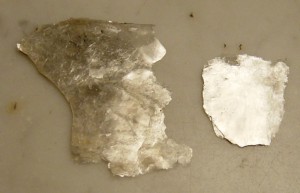
Rocks rich in the clay-mineral kaolinite – also known as kaolin clay is one of the more surprising ingredients for some, as clay has the image of being dirty, muddy and generally unclean. However kaolin is used in makeup extensively (not to mention beauty masks) as a way to soak up moisture. Kaolin is resistant to natural oils, and thus adheres well to the skin.
Zinc Oxide (ZnO) isn’t glamorous, but is essential in allowing an even spread in cream based products, as well being used to heal dry and chapped skin. Most zinc oxide is produced from refined metallic zinc, while some is produced directly from zinc-bearing ores or zinc salts.
While these minerals are used for the base of many make-up products, still others are used for creating the variety of make-up color tones. Iron oxides like the mineral hematite are responsible for red, orange, yellow, brown, and black tones in makeup. Greens, blues, purple, and pinks are all extracted from natural occurring minerals containing chrome, copper and manganese.
So next time you see someone applying their makeup, remember to recite this article and impress them with your new found knowledge.
Further Reading
Subscribe for Email Updates

